Congratulations! If you are reading this, then you already stand a good chance of making the cut.
Disease and old age are going out of style. Advancing technology is pushing the limits of modern medicine every day. As more people live longer, we are finding new ways not just to delay death, but make old age enjoyable. We are rapidly approaching the point where, if you can just avoid an accident (which is also getting easier) and stay alive just a little longer, you will be part of the first generation to live well into the triple digits—and be healthy enough to actually enjoy your golden years.
10. War is Winding Down

Sponsored Links
The world has never been safer. In the U.S., alone, we are enjoying the lowest crime rate in decades—violent crimes like murder and rape, as well as major burglaries are all down and have been going down for years. We tend to see and hear a lot more about when these types of crimes do occur, but that has more to do with the speed and coverage of the media today than with how often violent crimes actually occur. And the good news is not limited to the U.S.
The world has never been more peaceful. The number of wars (and casualties of war) are at an all-time low around the world—even in active combat zones. Just as with domestic crime, we see a lot of publicity surrounding military activity, but the numbers show that war is trending downward. The chances of fighting or dying in a war have long dictated the limits of human life—if the modern trend continues, this will become one of the last threats to longevity.
2. Health Records Will Become Universal
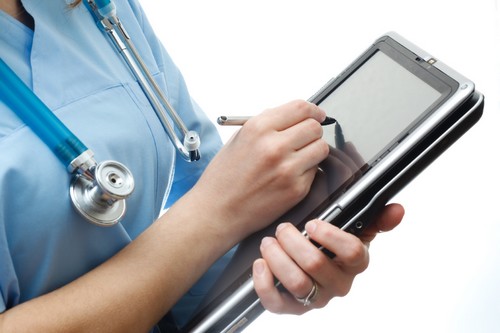
Digital communications are finally being integrated into modern medicine. No longer will we have to worry whether our pharmacist can read our doctor’s handwriting, or if the surgeon is operating on the correct side of our bodies. Thanks to Electronic Health Records, or EHR, everything from our weight and height to medication allergies and family history will be available to anyone caring for us.
Not only are EHR replacing old pen-and-paper notes and saving us time filling out the same forms for every specialist or referral we go to, they are bringing all healthcare workers together on the same team, looking at the same page. As the population lives longer into old age, the need for this kind of collaboration becomes even more important. The best medication science can make still only works when used correctly, after all—and that is why policy and technology have started to unite, bringing safety and science into hospitals and homes alike.
8. The Deadliest Diseases are Preventable

This decade, communicable diseases like Ebola make the headlines, but they aren’t the main danger we need to be worried about. A fifth of all American deaths can now be linked to obesity. Disease outbreaks are scary because in many ways, they are beyond our control. Weight management and a healthy lifestyle are much more manageable.
That is why healthcare is making a shift away from treatment of symptoms, and focusing instead on prevention. The healthiest states in America aren’t the ones with the most hospitals or the best medicine—they are just the ones where more people choose to be active and watch their weight. This focus on prevention also means doctors will focus on screening and identifying diseases earlier, so they don’t escalate and become bigger (and more expensive) problems later on. This is already becoming a top priority for insurers and care providers. Today’s generations are the first to be able to start managing an illness before the symptoms become prominent.
7. Driverless Cars
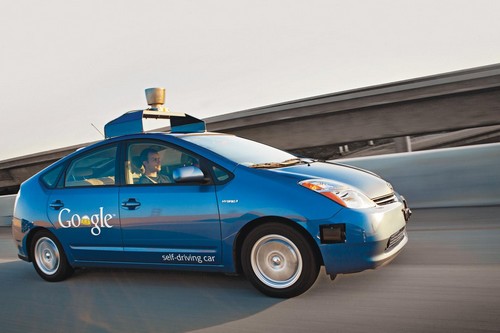
Prevention is not just a matter of finding and fighting disease. More than a million people die in traffic accidents every year, usually due to human error. Traveling by car has become too central to our lives and economy to simply stop driving, so this daily activity has become so normal we no longer even think of it as a risk.
That is why engineers, policy-makers, and scientists have been working to take human error out of the equation and make our roadways safer by developing driverless cars. While it may be many years before a fully automated highway is a reality, the UK has already given the OK to introducing the first robo-cars to its public streets, and more countries are sure to follow. Reducing the danger of the daily commute (not to mention the threat of drunk drivers) is a major step toward eliminating accidental deaths.
6. The Internet
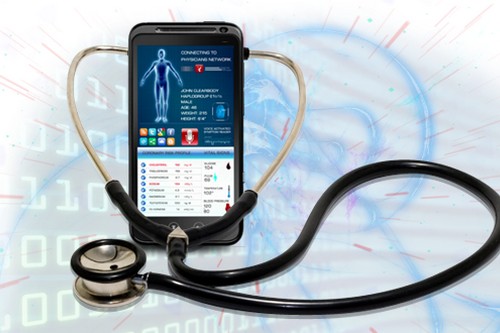
Information is a powerful tool for fighting disease. As the internet continues to grow in size and sophistication, it also becomes a great way to get out life-saving information. The global fight against HIV and AIDS has already benefitted by social media campaigns to raise awareness, improving hygiene as well as reducing risky behaviors to curb the spread of the disease.
Social media is not the only way the internet is moving critical information around the world. As EHR systems become the norm across the U.S., they are also coming online with an international standard for disease labelling known as ICD-10. By implementing this standard, and making it digital, nations can better cooperate to spot outbreaks and coordinate their responses. New viruses can be more quickly identified, and treatments developed. Global health risks are already a reality; now global healthcare can better control them and keep us all safer.
5. Telehealth
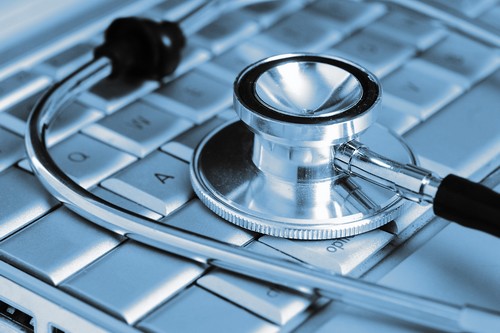
While getting the right information to the right people can make a difference, sometimes information alone is not enough. That is why doctors have been trying to practice remote medicine, also known as telehealth, for years. Telehealth can allow everything from virtual consultation and diagnosis, to surgeons performing via robot from across the country.
Sponsored Links
Even in the developed world, rural and remote areas can suffer from limited access to cutting-edge care. In less-developed regions and countries, the lack of health infrastructure can be similarly deadly, even when cures and treatments exist that could save lives. Telehealth, through the world-wide web, can finally provide a solution.
4. Aging Has Gotten Old

Even if disease can be prevented and accidents avoided, there is no cure for getting old…right?
Actually, scientists are getting closer than ever to isolating the genes responsible for aging us (14), and finding a way to limit or even stop the process. Immortality is a dream as old as humanity itself, but thanks to the latest genetic science, researchers are optimistic that an actual ‘cure’ for old age may be within reach.
Not only are they close to unlocking eternal youth in our own DNA, but they may soon be able to make such treatment widely available, thanks to the next breakthrough…
3. Precision Medicine
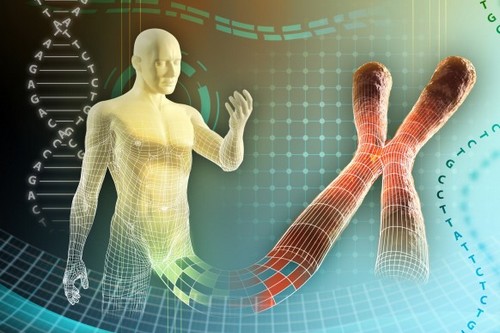
For a long time, finding a cure didn’t really mean curing everyone so much as it meant curing most people. This one-size fits-all approach to medicine has made medicine as much a game of trial and error as a real road to wellness. That is all changing, thanks to a new focus on Personalized Healthcare, also known as Precision Medicine.
Every patient is a little different, and what works for one may not work for another. Precision Medicine takes this fact into account, and doctors are beginning to consider details like a patient’s genetic make-up when diagnosing and prescribing treatment. Not only will this approach to medicine help us make the most of the drugs and procedures that already exist, but it is the basis for the latest initiative targeting cancer. America’s new Precision Medicine Initiative is designed to not only provide a cure for all types of cancers, but to help us better screen for cancer and begin treatment before it becomes debilitating. Precision Medicine is really a high-tech extension of the preventive approach to healthcare.
2. 3D Printing
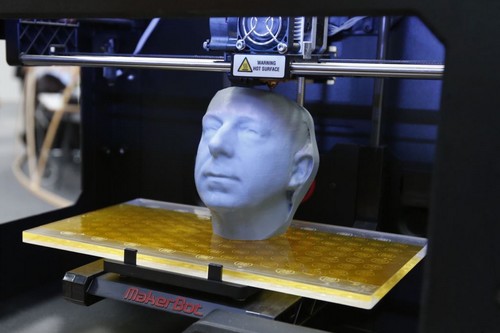
3D printing technology has already proven its worth in the business and industrial world. From lowering the cost of prototyping, to helping designers model their concepts, 3D printing is already a fantastic production tool.
Where the process becomes truly revolutionary is when it is applied to healthcare problems. People lose limbs in all sorts of ways, and some are even born without them. Traditional prosthetics have been uncomfortable, expensive, and difficult to use—but 3D printing has already proven it can solve all of those problems. Custom-made, fully-integrated replacement limbs are finally an option for amputees and others in need of prosthetics.
But scientists have taken the technology even further, by designing and printing human organs that can be safely and successfully transplanted. 3D printing of organs means that a patient can live without the need for someone else to die or make a donation. We can finally forget about designer clones and other sci-fi concerns about growing organs using controversial stem-cell technology. Customized organs—as well as limbs—mean injury and illness don’t have to leave a permanent mark on anyone.
1. Globalization
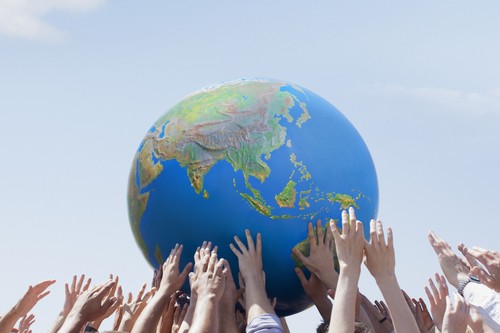
Sponsored Links
Modern travel, communications, and internet connectivity have made the world smaller. Ideas, products, and services can travel anywhere at incredible speed, and do so every day. This is the new economic model for the world. It also means that, whatever our leaders and politicians may say, we are all dependent on one-another. Not only does this make the world safer from the kind of massive conflicts that have defined most of human history, it means global health and national security are the same thing.
Money and fear are both powerful incentives. In the new global economy, they intersect, so that it is in our interest to improve the health of everyone in order to keep trade flowing. If disease outbreaks or natural disasters are threatening one country, that impact quickly magnifies to the rest of the world (21). It is no longer enough to secure our borders—we need to eradicate deadly disease around the world to be safe. Not only does this mean less fighting, it also requires more cooperation to predict earthquakes and distribute vaccines. No matter who creates the next cure or early warning system, the global economy will demand that it become available to all.
Money may be the root of all evil, but it is also paving the way toward health and long life.
Written By: E.T. Wilson


